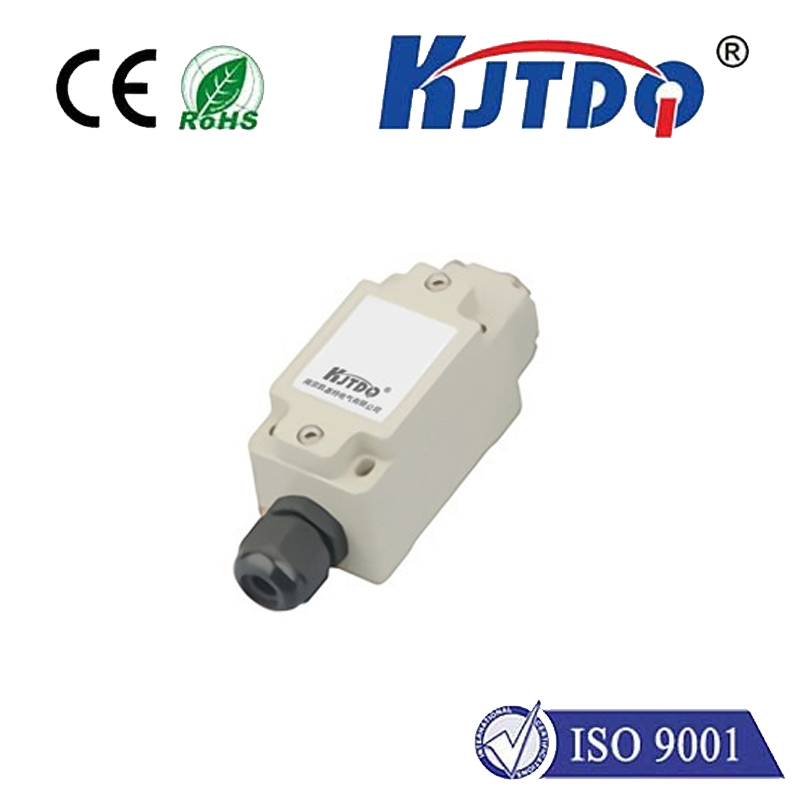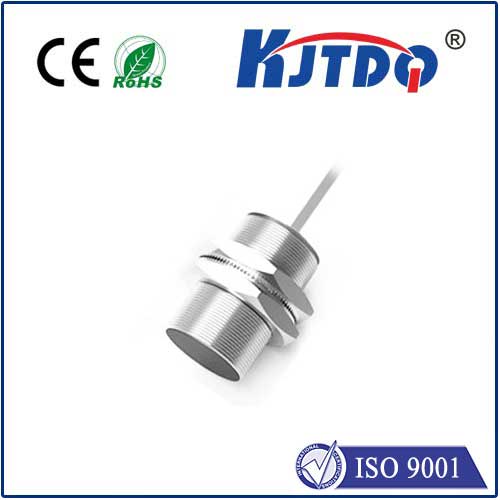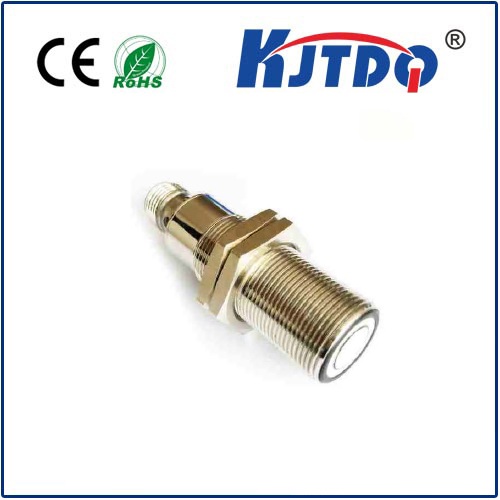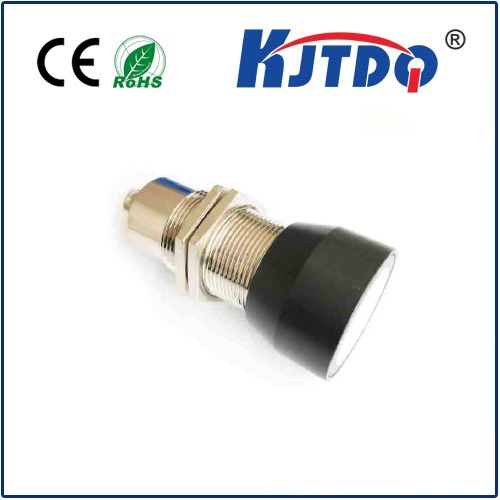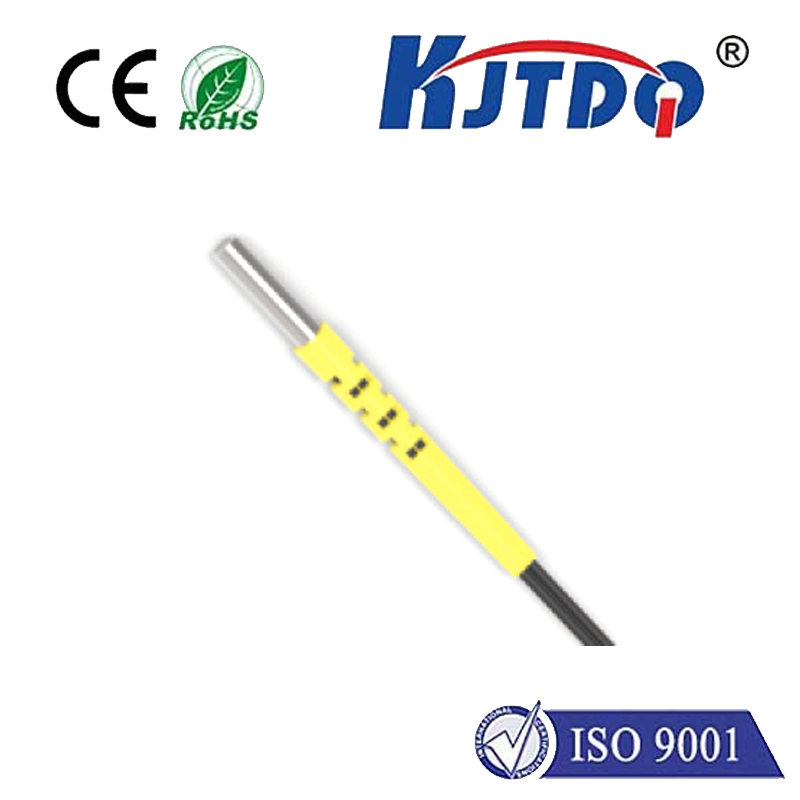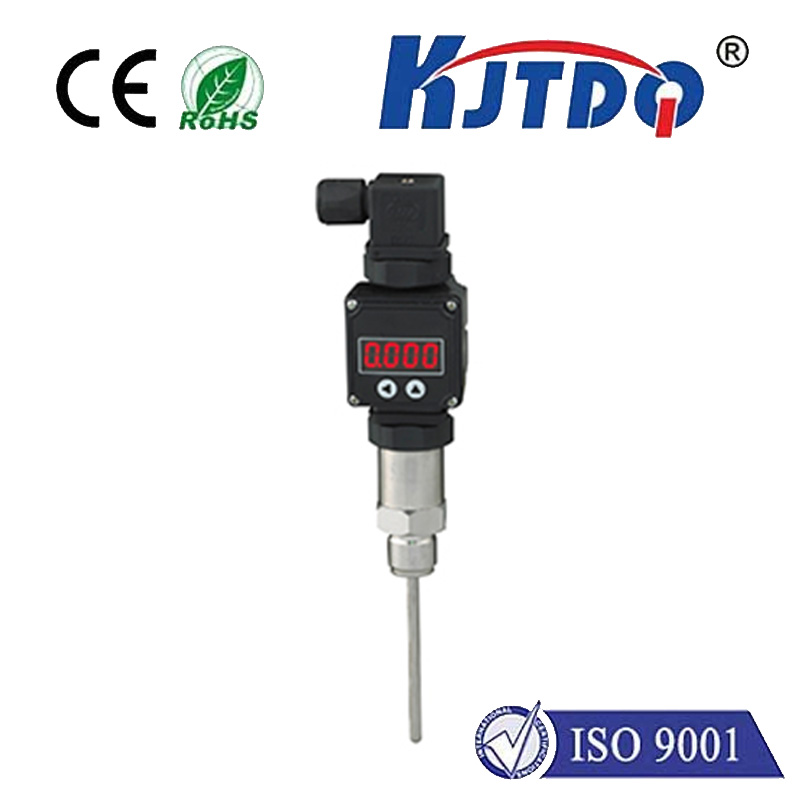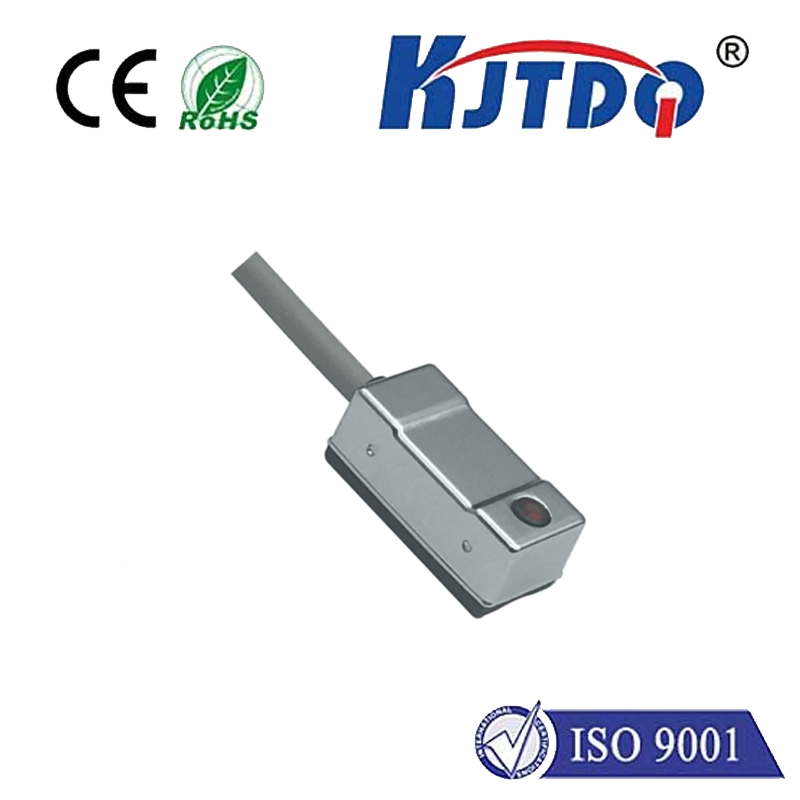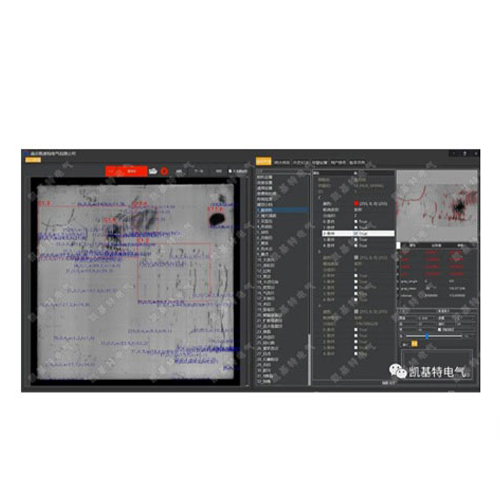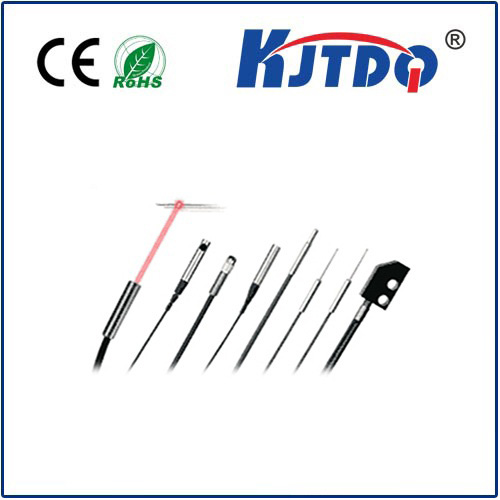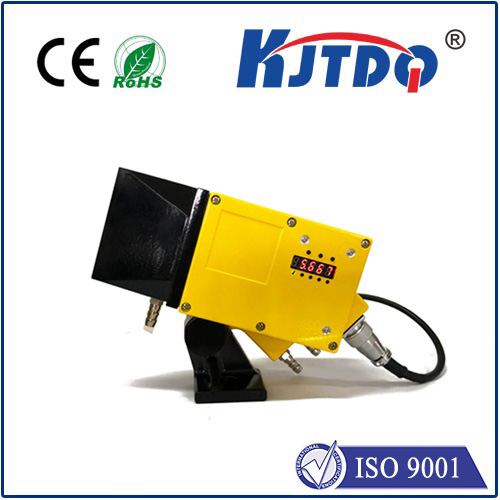jarak sensor proximity
- time:2025-06-19 00:45:22
- Click:0
Mastering Proximity Sensor Distances: The Key to Precise Detection
Ever wonder how your smartphone screen dims when held to your ear, or how an elevator door knows not to close on someone? The unsung hero behind these everyday marvels is the proximity sensor, silently measuring distance without physical contact. But the magic isn’t just in detection; it’s crucially dependent on jarak—the distance between the sensor and its target. Understanding proximity sensor distance is fundamental to unlocking reliable, efficient, and safe operation across countless applications, from sleek consumer gadgets to rugged industrial robots.
At its core, a proximity sensor detects the presence or absence of an object within a specific zone using various physical principles – electromagnetic fields, infrared light, or ultrasonic sound waves. The sensing range, or detection distance, defines the operational boundary. An object entering this effective range triggers the sensor’s output signal. However, the actual distance at which reliable detection occurs is not a single, fixed point. It’s influenced by several key factors:

- Sensor Technology: Different types excel at different ranges.
- Inductive Sensors: Generate an electromagnetic field to detect metallic objects. Their typical sensing distances range from a few millimeters to about 60 mm. They are workhorses in factory automation for position detection.
- Capacitive Sensors: Detect changes in capacitance caused by both metallic and non-metallic materials (liquids, plastics, wood). Their effective range is generally similar to inductive sensors but can be influenced more by the target material’s properties.
- Photoelectric Sensors (IR Proximity): Use infrared light beams. Reflective types (bouncing light off the target) often work within centimeters to meters, while through-beam types (separate emitter/receiver) can achieve much longer detection ranges, sometimes over 100 meters. Commonly found in object counting, level sensing, and safety curtains.
- Ultrasonic Sensors: Emit high-frequency sound waves and measure the echo’s return time to calculate distance. They boast significant ranges, from centimeters up to several meters, and excel with diverse surfaces or in challenging environments (dust, fog). Used in parking assistance and tank level monitoring.
- Target Characteristics: The object being detected dramatically impacts the operating distance.
- Material: Inductive sensors rely on metal conductivity; ferrous metals are detected at longer distances than non-ferrous. Capacitive sensors react to material dielectric constants.
- Size & Shape: Larger targets entering the sensor field are typically detected more reliably and potentially at slightly longer nominal distances than small or thin objects.
- Surface Properties: For photoelectric sensors, target color, reflectivity, and texture matter. A matte black object is harder to detect than a shiny white one at the same nominal sensing range.
- Environment: Real-world conditions can shrink or distort the ideal detection zone.
- Ambient Temperature: Extreme heat or cold can affect sensor component performance and signal propagation speed (especially ultrasonic).
- Contaminants: Dust, dirt, oil, or heavy moisture buildup on the sensor lens (photoelectric/ultrasonic) or face (inductive/capacitive) can significantly reduce the effective sensing distance.
- Electromagnetic Interference (EMI): Strong nearby electrical noise can disrupt inductive and capacitive sensors. Photoelectric sensors can be blinded by intense ambient light.
- Acoustic Noise: For ultrasonic sensors, loud background noise can interfere with echo reception.
- Installation & Calibration: Precise mounting is non-negotiable. Sensors often have specific recommendations for mounting flush or non-flush (inductive/capacitive), alignment (especially photoelectric/ultrasonic), and distance from surrounding metal. Adjustable sensing range on some models allows fine-tuning for specific application needs, ensuring the trigger point occurs exactly where required, avoiding false positives or missed detections.
Why Proximity Sensor Distance Matters Intensely
Choosing the right detection distance isn’t just about making the sensor ‘see’ the object. It’s critical for:
- System Responsiveness & Safety: In machinery guarding (safety light curtains), a sufficient range ensures the hazardous area is protected before entry. In automated assembly, precise object positioning via proximity sensors prevents collisions or misalignments.
- Efficiency & Reliability: Optimizing the operating distance minimizes false triggers caused by background objects or environmental factors outside the critical zone. It ensures consistent operation cycle after cycle.
- Design Flexibility: Understanding sensing ranges allows engineers to package sensors appropriately within tight device enclosures (like smartphones) or position them optimally on large industrial equipment.
- Cost-Effectiveness: Selecting a sensor with excessive range might be unnecessarily expensive and potentially introduce detection issues. Conversely, a sensor with insufficient range will fail its core task.
Optimizing Your Proximity Sensor Distance
To achieve peak performance:
- Know Your Application: Clearly define the required detection point, target material, size, and environmental conditions.
- Select the Right Technology: Match the sensor type (inductive, capacitive, photoelectric, ultrasonic) to the target, environment, and required sensing range. Consult manufacturer datasheets meticulously.
- Respect the Specs: Never operate close to the absolute maximum rated distance. For reliable operation, target 50-80% of the sensor’s nominal sensing range, especially in challenging conditions. Understand the difference between nominal sensing distance (standardized test conditions) and effective operating distance (your specific setup).
- Mind the Dead Zone: Most proximity sensors have a blind zone or dead band immediately in front of them where detection isn’t possible. Ensure your target travels beyond this point to be sensed reliably.
- Install Precisely: Follow mounting guidelines regarding flush/non-flush, alignment, and clearance from surrounding metal or obstacles.
- Calibrate (if possible): Utilize potentiometers or teach-in functions on sensors with adjustable sensing range to fine-tune the trigger point for your specific target and distance.
- Maintain: Regularly inspect and clean sensor faces to prevent contaminants from degrading the effective range. Ensure wiring connections are secure.
The jarak sensor proximity—the distance factor—is truly the linchpin of proximity sensor functionality. By deeply understanding how technology, target, environment, and installation interact to define the detection range, engineers, technicians, and product designers can leverage these versatile components to create robust, responsive, and intelligent systems. It transforms a simple detection task into a precise interaction, proving that in the world of automation and smart devices, knowing exactly ‘how far’ is just as important as knowing ‘if there’.






